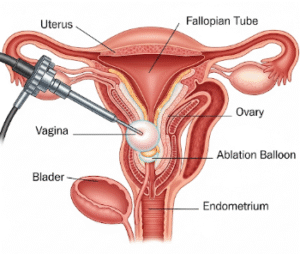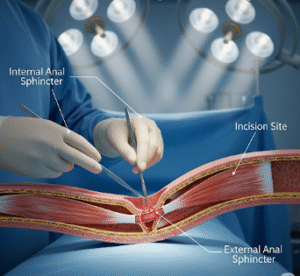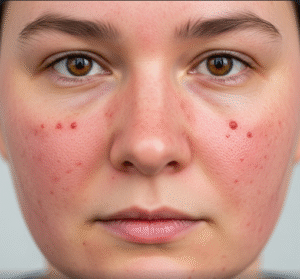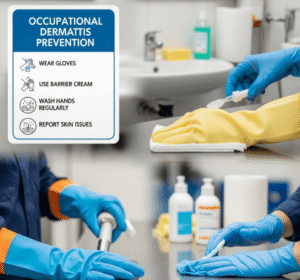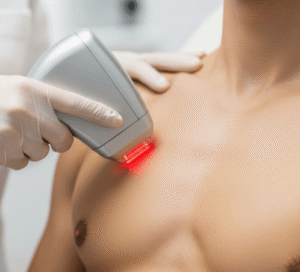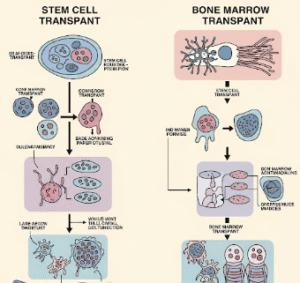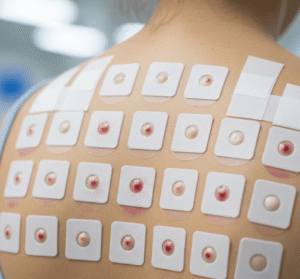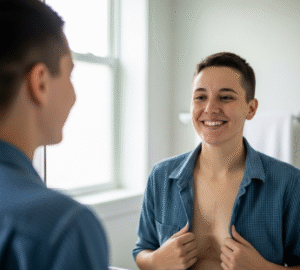Overview
Scoliosis is a medical condition characterized by an abnormal sideways curvature of the spine. It can appear during childhood or adolescence and vary in severity. In Korea, early school-based screening programs and advanced treatment facilities have improved outcomes for patients with scoliosis, including both non-surgical and surgical options.
What is Scoliosis?
Scoliosis refers to a lateral (side-to-side) curvature of the spine greater than 10 degrees, typically in an “S” or “C” shape. It can be classified as idiopathic (unknown cause), congenital (present at birth), or neuromuscular (linked to conditions like cerebral palsy). The condition can affect posture, cause back pain, and in severe cases, impair heart and lung function.
Symptoms
- Uneven shoulders or hips
- One shoulder blade appearing more prominent
- Tilted waist or leaning to one side
- Back pain (more common in adults)
- Fatigue after prolonged sitting or standing
- Breathing difficulties (in severe cases)
Causes
- Idiopathic scoliosis (most common, especially in adolescents)
- Congenital scoliosis due to abnormal vertebral development in the womb
- Neuromuscular conditions, such as muscular dystrophy or spina bifida
- Injury or spinal trauma
- Degenerative scoliosis in older adults from wear and tear of spinal discs
Risk Factors
- Age: Most commonly develops between ages 10–15
- Gender: Girls are more likely to develop severe curves
- Family history of scoliosis
- Underlying neurological or muscular conditions
- Osteoporosis or degenerative disc disease (for adult scoliosis)
Complications
- Chronic back pain
- Spinal stiffness and decreased flexibility
- Reduced lung and heart function (in severe curves)
- Physical appearance issues leading to poor self-esteem
- Need for surgery if curvature progresses rapidly
Prevention
While scoliosis itself cannot always be prevented—especially idiopathic cases—early detection and monitoring are critical to prevent progression. In Korea, regular school health checks help identify early signs in children.
Tips include:
- Encourage good posture and physical activity
- Monitor children’s back development during growth spurts
- Treat underlying neuromuscular conditions early
- Ensure proper bone health through diet and exercise
Treatment Options in Korea
1. Observation
- For mild scoliosis (curves less than 20 degrees), regular checkups and monitoring with X-rays every 6–12 months
- Common in children who are still growing
2. Bracing
- Recommended for curves between 20–40 degrees in growing adolescents
- Prevents further curvature, especially during growth spurts
- Korean hospitals provide custom-fit orthotic braces
3. Physical Therapy
- Core strengthening and posture correction exercises
- Schroth method and other scoliosis-specific therapy programs are available in Korea
- Reduces pain and improves spinal alignment
4. Surgical Treatment
- Spinal fusion surgery is the most common procedure for curves over 45–50 degrees
- Minimally invasive options are increasingly used in top hospitals
- Post-surgical recovery includes physiotherapy and follow-up imaging
5. Advanced Technologies in Korea
- 3D spinal imaging and navigation systems
- Robotic-assisted surgeries for precise correction
- Customized braces using 3D scanning and CAD technology


